A bright statesman, archeologist, historian, Caucasian historian, a person who cares for the fate of the Motherland and always defends the truth - these are not all the epithets applicable to the personality of Yuri Nikolayevich Voronov.
Arifa Kapba
Yuri Nikolaevich Voronov, a well-known archeologist, historian, Caucasian, statesman and public figure, was born on May 8, 1941 in the village of Tsebelda, in the “Yasochka” estate of the Voronovs.
The ancient Russian noble family of Voronovs originates from the Lithuanian prince Dmitry Bobrok-Voronovsky, one of whose descendants served and was a stolnik at the court of Ivan the Terrible. In 1863, the great-grandfather of Yuri Voronov, Nikolai Ilyich Voronov, was exiled to the Caucasus for life in connection with Herzen and other revolutionaries. In 1874, “for personal services to the Caucasus region and its peoples,” Nikolai Ilyich Voronov was granted a plot of land (463 tithes) in the ancient Abkhaz village of Tsebelda. So the Voronov family came to Abkhazia.
From Tsebelda
Yuri Nikolayevich’s father died at the front during the Great Patriotic War, children were brought up in “Yasochka” by Svetlana Vasilyevna’s mother and Lyudmila Nikolaevna’s grandmother.
Yuri Voronov became interested in archeology as a child, the place where the family lived contributed to this: Tsebelda is rich in its archaeological monuments, the ancient Apsilius Fortress was located here and it was Tsebelda which was part of the Great Silk Road, one of its branches - Darin.
“The archaeological riches of the Tsebelda valley were known to the elder Voronov,” wrote Archpriest Alexander Saltykov, a friend of the Voronov family, in the article “Martyr of Honor”. He notes that it was on Voronov’s land that there was a hill called Voronovskaya Gorka, with the ruins of an ancient church, which is known in scientific literature as “Voronovskaya”. It was from there that Countess Uvarova (Russian scientist, historian and archaeologist from the princes of the Shcherbatov family - ed.) brought out the famous Tsebelda icons - stone reliefs of the 6th-7th centuries brought to the Hermitage, and after the revolution transferred to Tbilisi.
As a schoolboy, Voronov took part in archaeological excavations at Bagrat Castle (a fortification, a medieval architectural monument of the period of the Abkhaz kingdom - ed.) in Sukhum, which was led by the famous Abkhaz archaeologist Mikhail Trapsh. The love of archeology has become decisive in the life of Yuri. He was determined to enter the archaeological faculty of the Leningrad State University, but by the will of circumstances in 1960, Voronov entered the Oriental faculty - the Egyptology department.
His teachers were real luminaries of science: academician Vasily Struve, professor Mikhail Karger, orientalist Boris Piotrovsky and others. Already in his student years, Yuri firmly decided: all his research as a scientist will be devoted to the archeology of Abkhazia, which he certainly considered his homeland.
“He (Voronov - ed.) was not attracted by the opportunity to witness the tombs of Khafre or Djoser (located in the ancient Egyptian pyramids of Khafre and Djoser - ed.), which appeared at the Oriental faculty of the Leningrad State University, - wrote in his article about Voronov Oleg Bgazhba, - and after completing his studies, he returned to his native Abkhazia, where, in the All-Union Tourism Laboratory, with the candidate of historical sciences, the well-known historian-local historian Vianor Pachulia, his vigorous activity on the protection of cultural monuments unfolded.”
Archeology as dominant
One of the many scientific achievements of Yuri Nikolayevich Voronov is the “Archaeological Map of Abkhazia”, which all archaeologists use as a reference book. He is also considered the chief expert on the ancient Abkhaz tribe of the Apsils and Apsilia (old Abkhaz early state formation - ed.).
The archaeological excavations in his native Tsebelda were called the Tsebelda expedition.
“The talent of Yuri Voronov as an archeologist was fully revealed in the Abkhaz Institute, where the scientist got into great difficulties,” Bgazhba writes. “But here his Troy was waiting for him in Tsebelda, in the heart of Apsilia, to whom he served faithfully and to the end of his life. The results of his Tsebelda expedition go far beyond the limits of Abkhazia.”
As Bgazhba notes, his doctoral dissertation “Eastern Black Sea Region in the Iron Age (VIII century BC - VIII century AD)” became the main scientific work of Voronov, whose thesis defense in Moscow lasted six hours: “Yuri Voronov turned up at the height of the situation. The main significance of this work is that a scientist from Abkhazia dared to find the border between the Bronze and Iron Age, and this led to the transmission of many monuments not only of the Caucasus, but also of adjacent territories, which is supported today by most experts.”
Doctor of Historical Sciences, Corresponding Member of the International Slavic Academy of Sciences, Professor Yuri Nikolaevich Voronov had an amazing performance. He wrote hundreds of scientific papers, books, journalistic essays, articles. Voronov was the first professor at the Abkhaz State University after the war, at different times he lectured at the Sorbonne and the Cambridge Universities.
From the memories of Voronov’s wife
Interestingly, his wife Svetlana Khocholava-Voronova’s first acquaintance with Yuri Voronov describes the article “I don’t know a better person”. They met in 1974 in Pitsunda, where the second seminar of young scientists and creative youth was held, which was chaired by Aleko Gvaramiya (rector of the Abkhaz State University, professor, doctor of physical and mathematical sciences - ed.), and his deputy was Voronov.
“I remember how they sat on the stage, “led” seminars, - writes Khocholava. - Aleko in a beautifully tailored suit, in a blue shirt in tone to his eyes, fit, handsome, and Yura with a thick black beard, with an attentive and somewhat ironic look over his glasses, tall, in an American denim suit, reminiscent of the popular in those years, Fidel Castro. Both are completely different in appearance, brilliantly gifted, they involuntarily attracted attention.”
According to the testimony of the scientist's wife, Yuri Nikolayevich did a great job of publishing not only his own works, but also the scientific works of other famous scientists and archaeologists. Therefore, after the death of the first Abkhaz archeologist Mikhail Trapsh, he, after sorting out and arranging his archive, prepared for publication his “Works”. He also carefully handled the works of Lev Nikolaevich Solovyov, the oldest archaeologist of Abkhazia, he also wrote a book about him.
Of course, the work of a brilliant scientist was not liked by everyone. His wife writes that when Zviad Gamsakhurdia (Chairman of the Supreme Council of the Georgian SSR (1990–1991) and the first President of Georgia (1991-1992) – ed.) came to power in Georgia, Voronov’s persecution intensified: “In Georgian newspapers, on television, on the radio and in other publications, the image of a “false scientist”, “fascist”, “Russian invader” Yuri Voronov was implanted. It became impossible to go out, we were stopped, insulted, spat after, threatened by phone, sent telegrams with condolences about his death ... I remember how Yura reacted to such a telegram: “It’s rare for someone to read telegrams about his death, it is even interesting!” and loudly, rolling as he knew how, he laughed. The telegram was sent on behalf of the famous scientist from Leningrad, Turchaninov. As we later learned, at the same time, Turchaninov, an old and sick man, received a similar telegram allegedly on behalf of Voronov.”
For the truth in science and politics
“Yuri Nikolayevich was absolutely unable to act contrary to the truth, scientific facts, even realizing that the existing authorities would have to be disturbed, as it turned out to be in the field of the history of Abkhazia and Georgia. How many times have they hinted to him that his well-being depends on how he integrates into the ranks of healthy and prosperous historians? Usually, Yuri Nikolayevich artistically, intelligently left such discussions,” writes Nikolay Bondarev, a friend of Voronov, who wrote the book “Mountains of Abkhazia”, whose reviewer was Yuri Nikolayevich.
The last years of Voronov’s life are inextricably linked with the social and political events that took place around Abkhazia, beloved by him. The apogee of these events was the
Patriotic War of the people of Abkhazia. Even before the war in 1991, Voronov was elected to the Supreme Council of Abkhazia.
“The war in the Republic of Abkhazia for a long time deprived me of hopes for the continuation of my archaeological and historical Caucasian studies,” writes Voronov himself in the preface to the book “My Pain, Abkhazia”, published shortly before death, in 1995. “However, the experience, knowledge and connections acquired in previous years turned out to be very helpful in extreme conditions. Having determined the place of the head of the parliamentary commission on human rights for me, fate laid upon me the burden of ideologically ensuring the struggle of the Abkhaz and other peoples of the republic and adjacent territories with the bloody regime of Shevardnadze (Soviet and Georgian political and state leader, President of Georgia (1995–2003) - ed.) and other destructive forces of the near and far abroad behind it”.
During the hostilities in Abkhazia, Voronov more than once participated in the negotiations. He also participated in the famous September talks in Moscow in 1992, when Vladislav Ardzinba, Eduard Shevardnadze and Boris Yeltsin met. Wherever Yuri Nikolayevich was - whether in Moscow, St. Petersburg, in the North Caucasus, Great Britain and Pridnestrovie - everywhere he sought to convey to people the truth about what is happening in Abkhazia. He collaborated with journalists, wrote articles, gave interviews, spoke on the radio.
The first President of Abkhazia, Vladislav Ardzinba, appreciated this mission of Yuri Nikolayevich Voronov as follows: “During the aggression of 1992-1993, Voronov actually led the information struggle for Abkhazia, and we won it. This struggle went on everywhere, even in occupied Sukhum, where it was important not only to survive, but also to preserve the honor and dignity of the citizens of Abkhazia.”
Yuri Voronov is the author of the “White Book of Abkhazia”, an exceptionally significant book for war researchers, which contains invaluable documents, materials and evidence. “The book was released on the anniversary of the hostilities on August 14, 1993, when the war was still going on. Yuri Nikolayevich was in a hurry with the publication, because he believed that the world should learn the truth about what is happening as soon as possible,” the scientist’s spouse Svetlana Hocholava notes.
During the war, a new facet of the creative nature of Voronov was revealed: he showed himself to be an outstanding publicist. “His bright, convincing, memorable performances on television and in print pursued one goal: to show who started the war, who was the aggressor, and who was his victim. His merit is great in the fact that in the near and far abroad a real understanding of what really happened and is happening in Abkhazia began to prevail, to which the people of this small republic with a rich history aspire,” said a public and state activist Socrat Dzhindzholia about Voronov.
“Peace test”
After the war, Yuri Voronov was appointed Deputy Prime Minister of the Government of the Republic of Abkhazia. In the extremely difficult conditions of the post-war devastation, he worked to consolidate the entire population of the republic, to overcome the consequences of the war, he said and wrote a lot about the fact that after a victory in a war, a no less complicated “peace test” should be passed.
Speaking about Voronov’s political views, historian Yuri Anchabadze in the article “Yuri Voronov in the context of the history of Abkhazia of the 20th century” writes: “Yuri Nikolaevich Voronov saw the future of Abkhazia only along the paths of ethno-political sovereignty. At the same time, he stressed the need for a clear understanding of the advantages and disadvantages of the geographical position of the republic, justified the destructiveness of establishing hard, impenetrable borders on the Psou River, advocated restoring the traditional Trans-Caucasian routes, and returning the Black Sea’s most important economic role.”
On September 11, 1995, Yuri Nikolayevich was killed at the entrance of a house in Sukhum, where he lived with his family. The crime has not yet been disclosed, and it is still unknown who is behind it. When this happened, hundreds of people sent telegrams with condolences: they went to Abkhazia in an endless stream. Thousands of people in Abkhazia with great sorrow took Voronov on his last journey. He is buried next to the Abkhaz State Museum, where even today those who carry the memory of a great scientist and an outstanding statesman bring flowers.
A close friend of Yuri Nikolayevich Voronov, the writer Dzhuma Akhuba, will write about him after Yuri Nikolayevich’s departure: “Our people have such an image: when light day is added, they say there is more light by one leap of a deer, a leap forward. And when daylight starts to decrease, they say that a deer jumped back. When I think of my friend Yuri Nikolaevich Voronov, I remember this image. With his arrival in science, then in politics, our science and politics made a big leap forward. I hope that with his departure, after his death there will not be a jump back, so great is his legacy, his spiritual wealth, which he left to us.” Yuri Nikolayevich wrote on the book that he presented to his friend Dzhuma Akhuba: “To Apsil by blood from Apsil by spirit”.
Yuri Nikolaevich Voronov is the author of more than 800 scientific and journalistic articles, including about 30 monographs. The unpublished works of the scientist are waiting in the wings.
Voronov was awarded the I degree Order of Honor and Glory, and also posthumously became the winner of the national Russian award “State of Generations” for his great contribution to the preservation of the archaeological heritage.
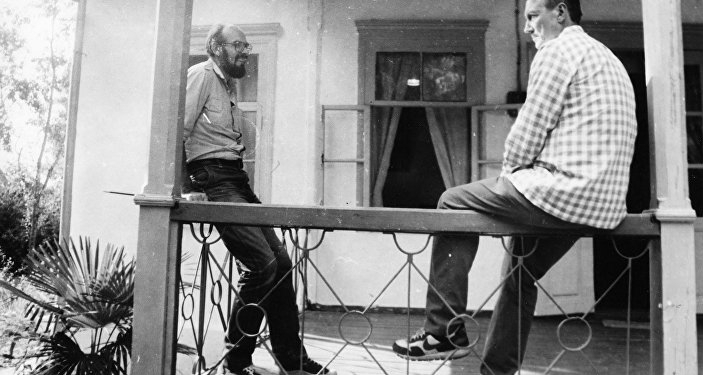
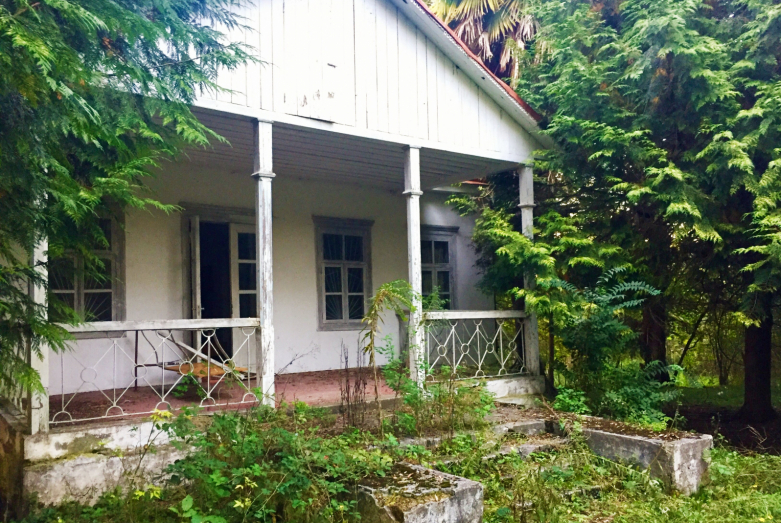
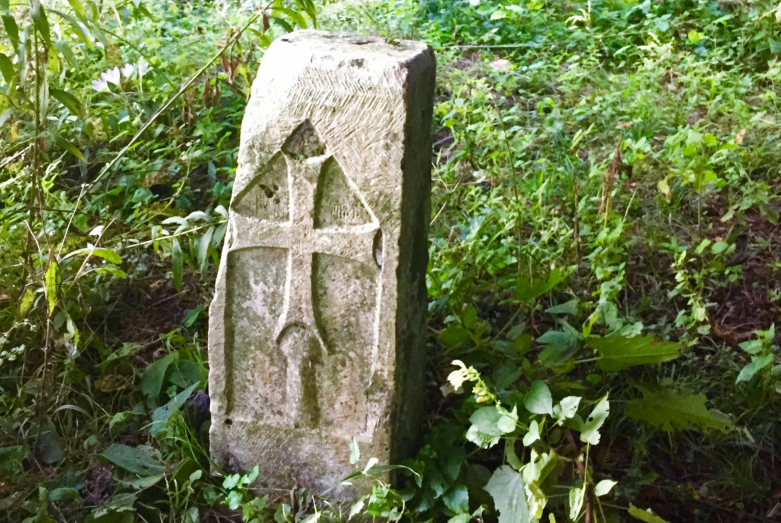
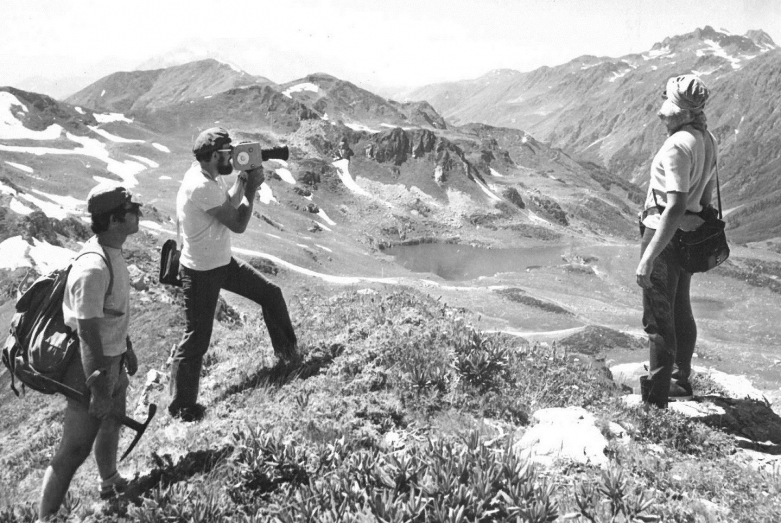
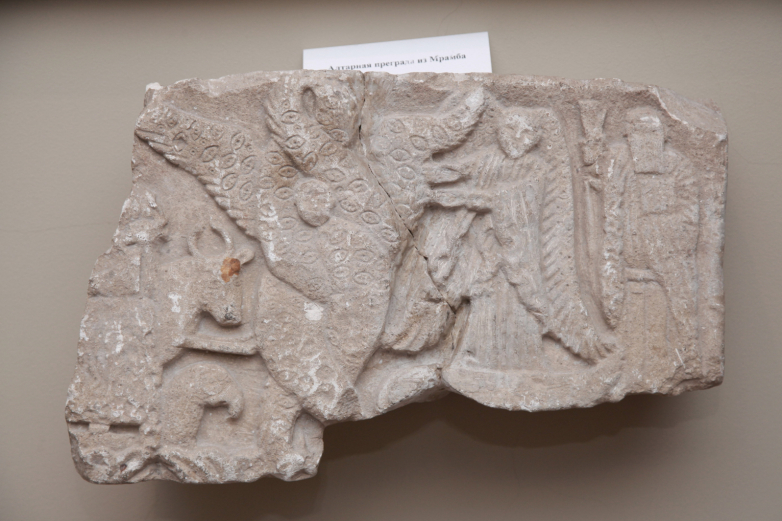
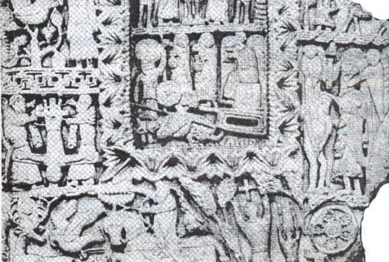
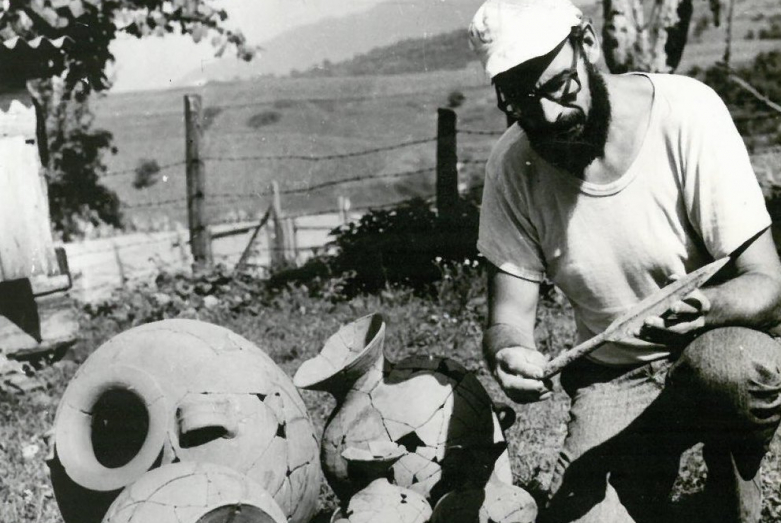
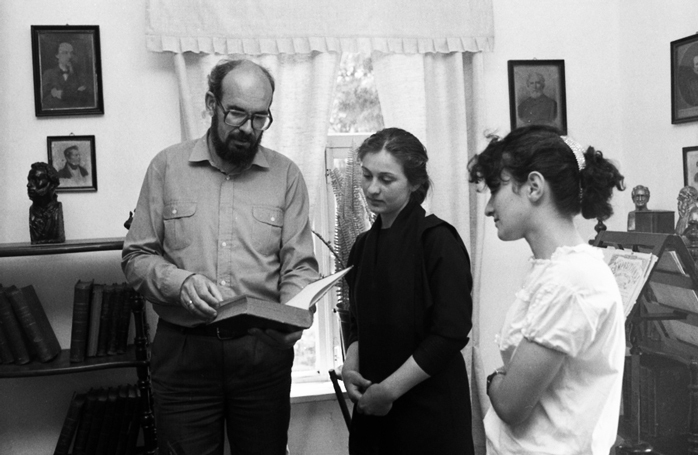
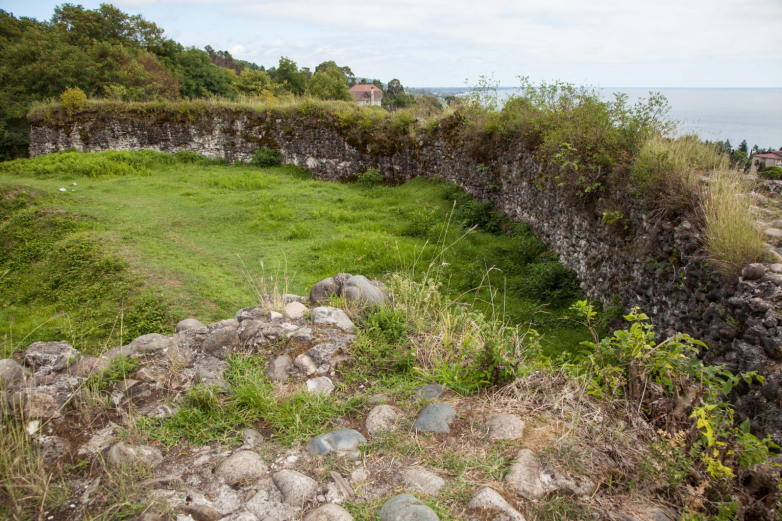
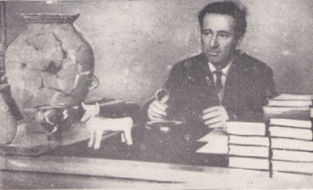
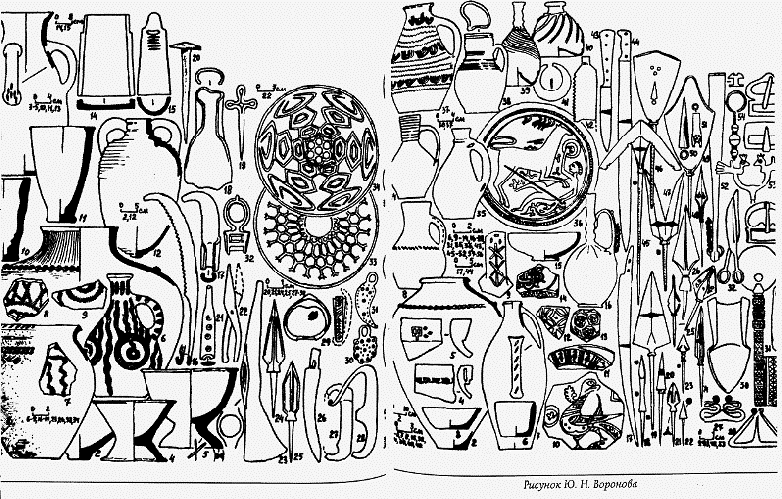
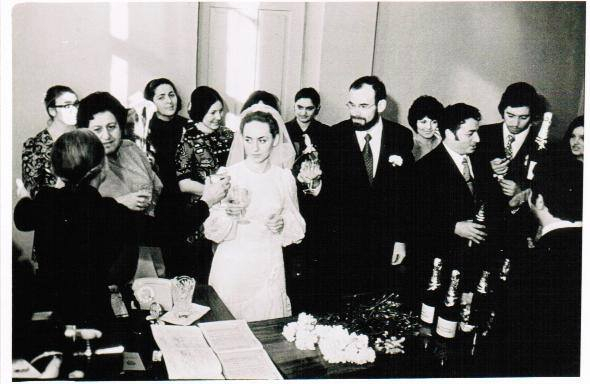
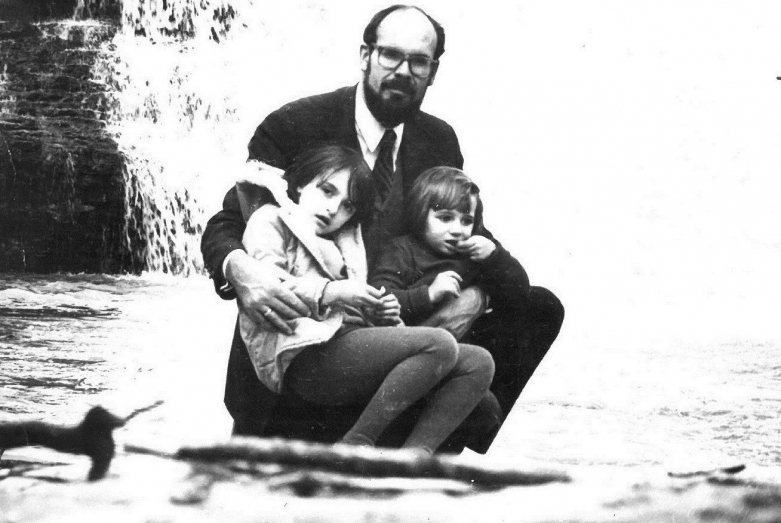
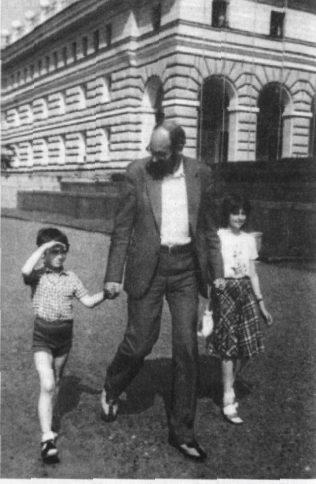
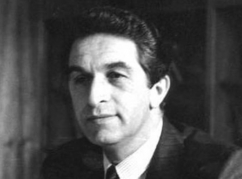
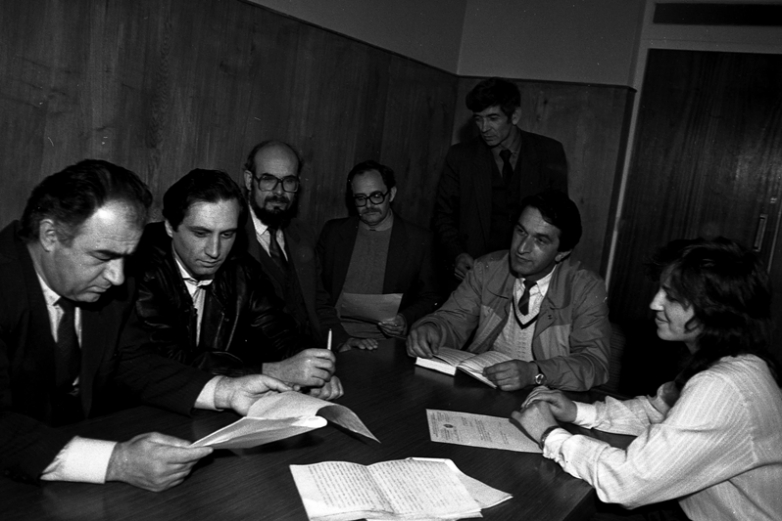
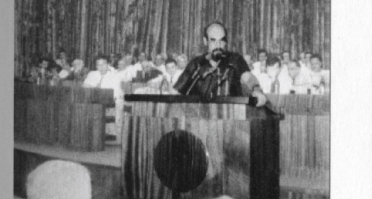
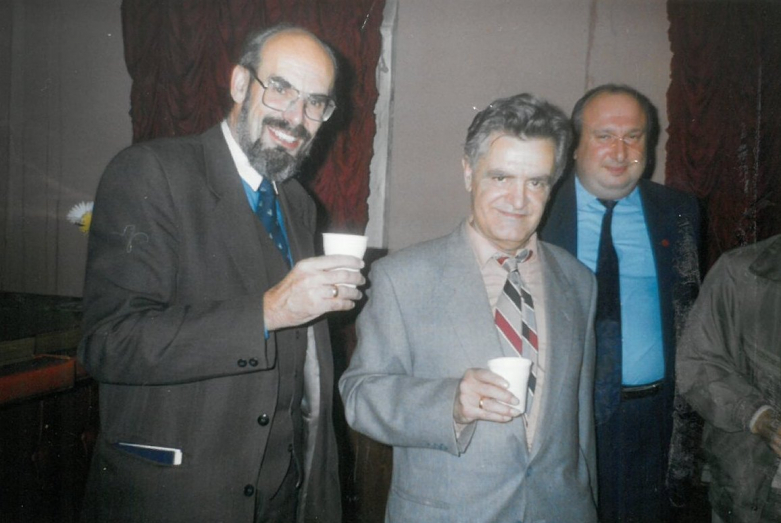

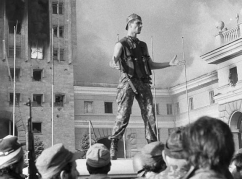
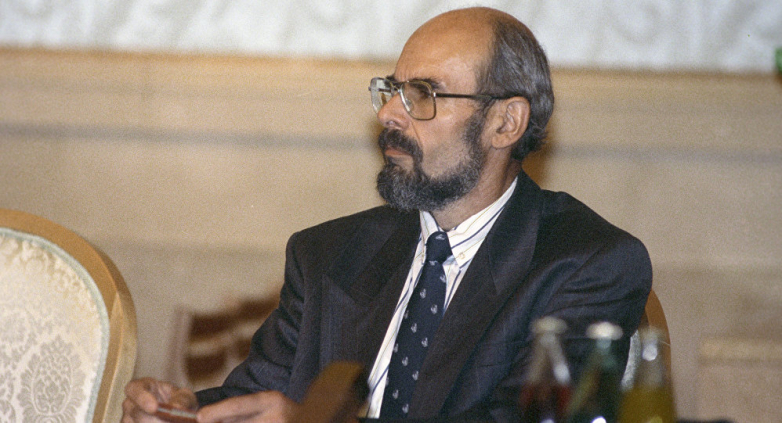
to login or register.